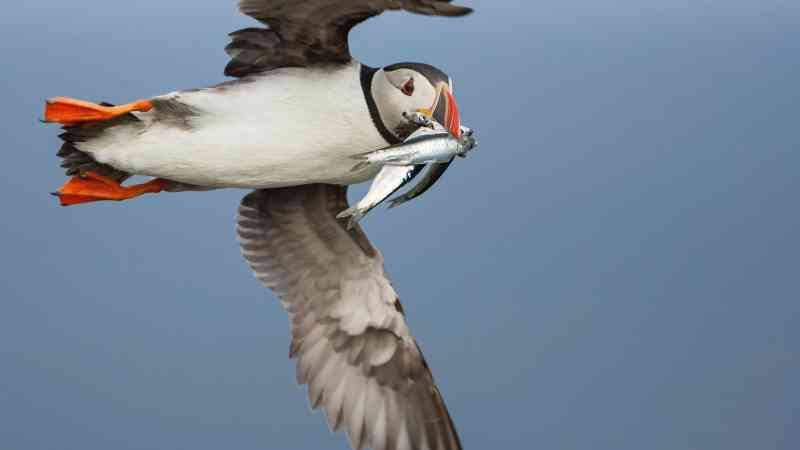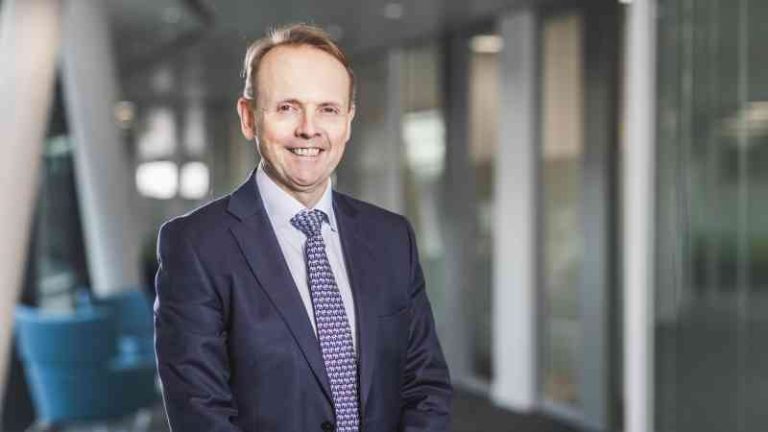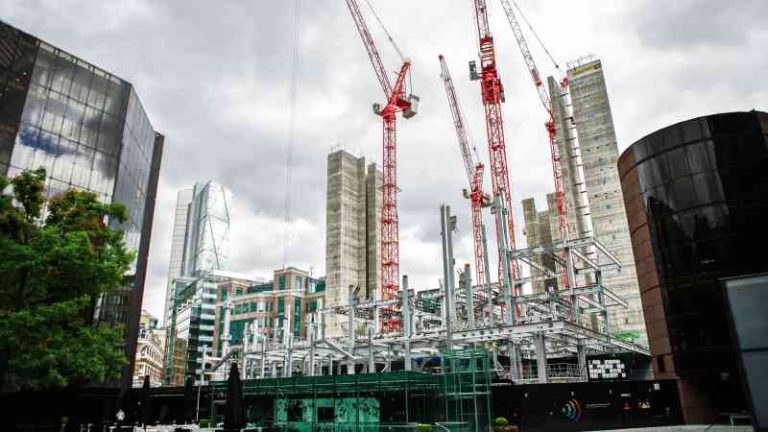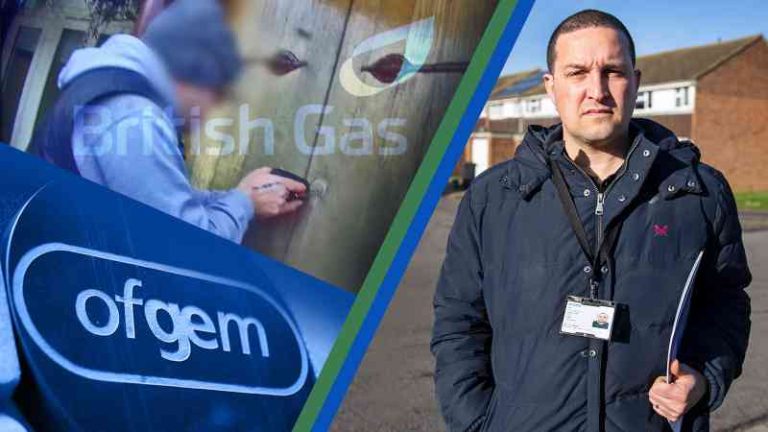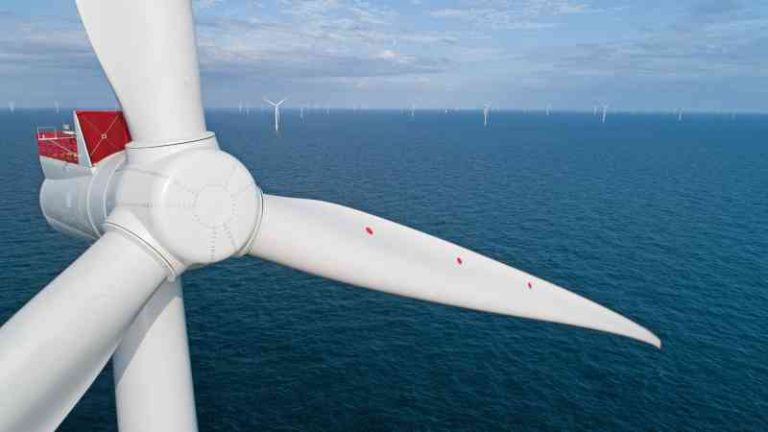SSE green energy projects wait for key ruling
SSE has green projects entailing about £20 billion of investment waiting in the wings, all of which have been subject to policy and regulatory delay.
As Britain builds more renewable energy generation, plants that can provide clean back-up power will be critical. The FTSE 100 energy group wants to build a pumped storage project at Coire Glas in Scotland — effectively “an enormous battery” that could entail up to £2 billion of investment, according to Alistair Phillips-Davies, its chief executive.
It has been seeking a “cap and floor” regulatory regime to offer revenue certainty, which would “help to secure cheaper financing for it and then ultimately make it cheaper for consumers”.
But, Phillips-Davies, said, “that has not been forthcoming. We’ve waited a year. We still have no clarity.” A likely completion date of 2029 has slipped to 2031 and while SSE may still build it without such support, “we’ll have to charge more money for it”.
Another form of low-carbon power back-up could come from gas power plants fitted with carbon capture or burning clean hydrogen. SSE has at least three proposed carbon capture and storage projects and one proposed hydrogen-burning site that together could entail £4 billion to £5 billion of investment. Phillips-Davies, 55, said about ten such plants would be needed this decade to meet targets and replace ageing plants, “otherwise there will be problems on the energy system”.
However, the company missed out on selection for the first phase of subsidy support for carbon capture and storage projects, in which only one such power plant got the go-ahead. He said the government needed to set out its plans to deliver the additional projects.
• Dreams of a low-carbon future caught in tangle of red tape
The biggest focus of SSE’s green power proposals is in offshore wind, where it has plans for two projects that together could involve investment of £12 billion to £15 billion. Its small Seagreen 1a project off the Scottish coast has planning consent but is not expected to seek a crucial funding contract from the government through an auction this year because SSE believes the financial support on offer is too low.
A larger project, Berwick Bank, could seek support next year if prices are increased, but will need planning consent first, something that Phillips-Davies had hoped to have by now. It has been delayed by concerns about the impact on birdlife. To compensate for the negative impacts of the wind farm, SSE says the Scottish government will need to impose restrictions on commercial fishing activities that affect the birds by taking their food.
“Essentially, it needs somebody to say they’re going to stop people feeding all the sand eels that puffins want to eat to pigs in Denmark,” he said. Tackling this by restricting fishing not only would enable investment in Berwick Bank but also would “unlock” investment in a wave of other projects around Scotland that won leases in last year’s ScotWind leasing round.
“We need a decision over the next few months so that all of ScotWind can move forward,” Phillips-Davies said. “Nothing will happen until somebody resolves the issue around birdlife off the east coast.”
